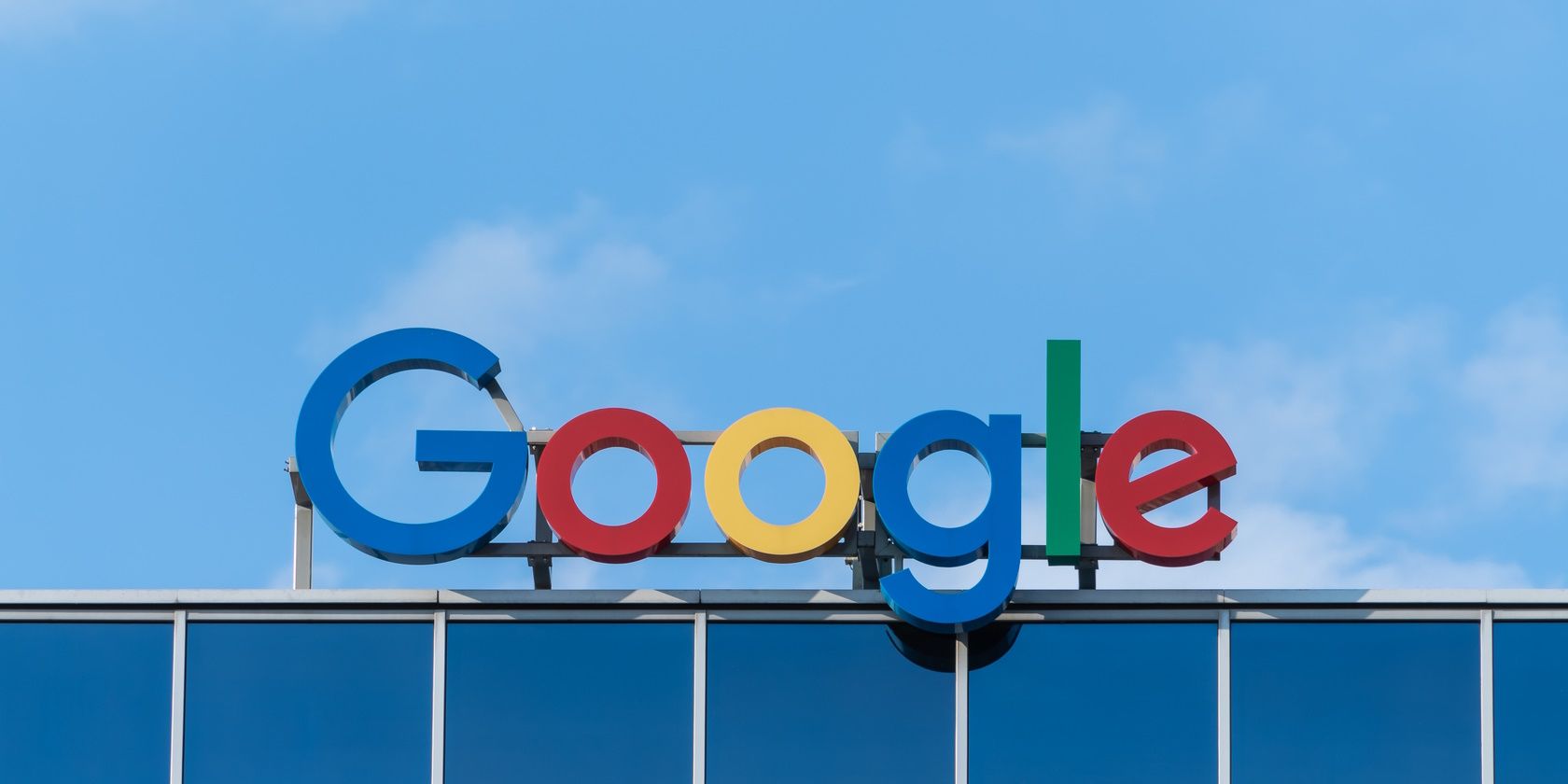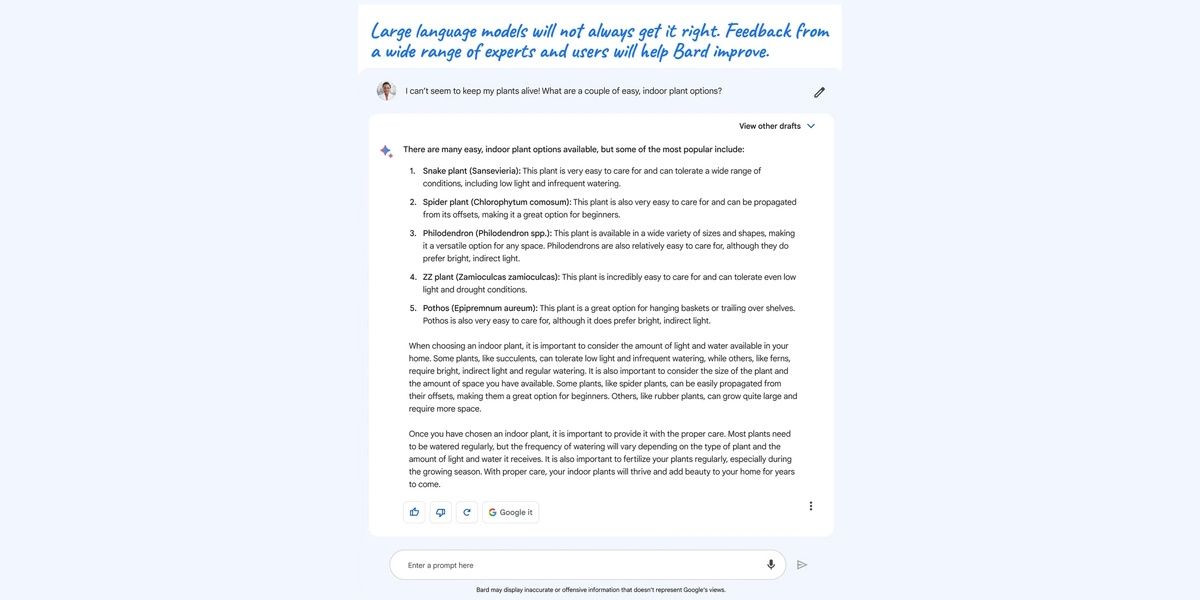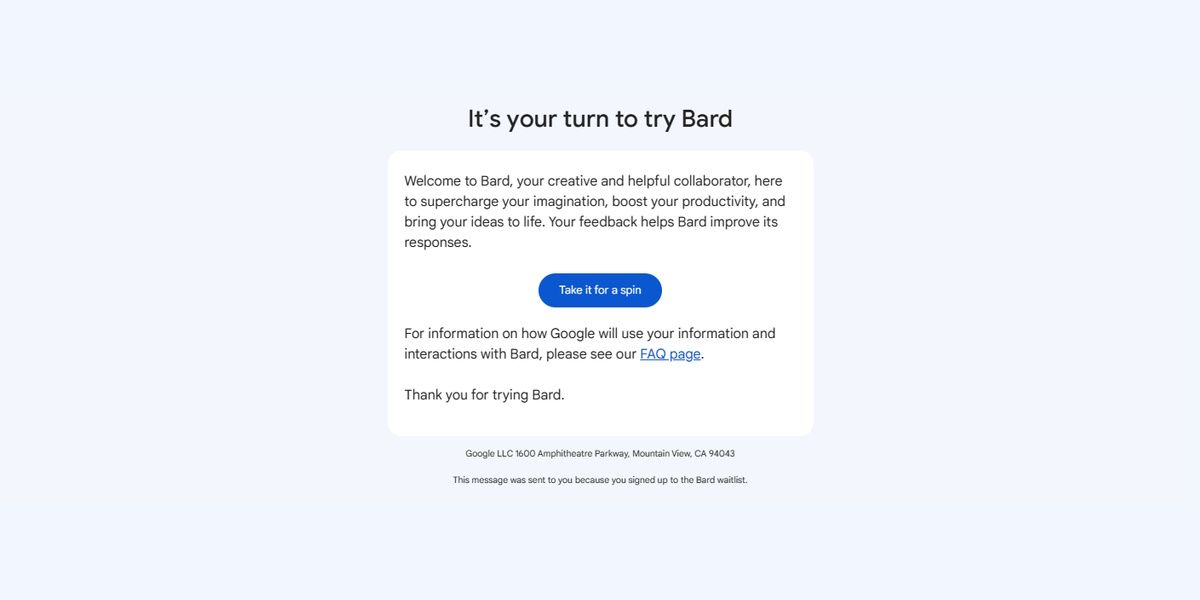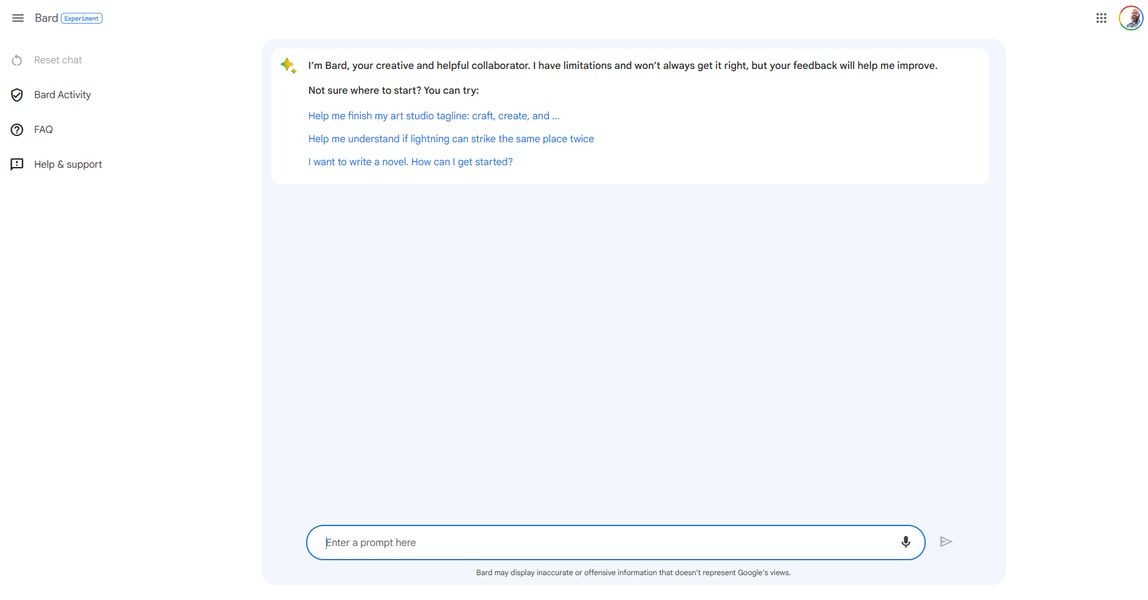Bard—Google’s attempt at conversational AI—has been a long time coming. The ingredients were first unveiled in May 2021 via Google’s LaMDA (Language Model for Dialogue Applications) and baked in the company's AI Test Kitchen, first announced at Google I/O 2022.
Bard was then initially available for select Pixel Superfans, but it’s now also available for US and UK residents via a waitlist.
Google Makes Its Bard AI Available for Testing
The day after 9to5Google reported that select Pixel Superfans have been invited to test drive Bard, Google announced in a post on The Keyword that interested parties in the US and UK can join the waitlist and test Bard for themselves. You won’t need a Pixel phone or even an Android device to try Bard—just your web browser.
Before trying Bard, we encourage you to first read Google’s post on The Keyword for an overview of the AI utility, including Google’s emphasis that it’s building the tool to be responsible and safe. But let’s be honest: what is Google supposed to say otherwise?
That it's throwing caution to the wind and developing an AI tool that will enslave all of humanity for millennia? That we’ll all be mere pets to artificial intelligence in the end? We kid, we kid. Everything will be fine (we think). Sign up for the Bard AI waitlist if you want some self-assurance.
How to Join the Waitlist to Try Bard for Yourself
To use Bard, first, sign up for the waitlist. You can find the waitlist on the Bard homepage. Just select “Join waitlist” and sign up via your Google account. Once you have been selected to give Bard a spin, you will receive a confirmation email in your inbox.
How Does Bard Stand Out From the Competition?
Bard is still very much in the experimental phase (hence the “experiment” tag beside its name on Google). We were lucky enough to get off the waitlist and test drive Bard on day one of its testing phase.
Initially, we noticed that Bard differs from AI competitors like ChatGPT and Bing AI in that it gives you three drafts per prompt. It's similar to how you get multiple drafts when using DALL-E to create images from text. If you prefer one draft over another, you can generate a new set of drafts based on that particular draft on-the-fly. It’s easy, and that’s the point.
If you use AI tools often and, say, understand the intricacies between GPT-4 and GPT-3.5, your keen eye will probably notice differences and room for improvement. One of the differences we noticed as of March 2023 is that Bard merely links to a Google search instead of sourcing information. That has to change.
Join the Waitlist and Test Drive Google's AI for Yourself
Google has drawn a line in the proverbial sand with Bard. Yet, it’s still unclear how it will ultimately stack up with other heavy hitters in the space. Google is onto something with Bard, but whether it does something genuinely revolutionary or gets lost in the shuffle is the looming question.




